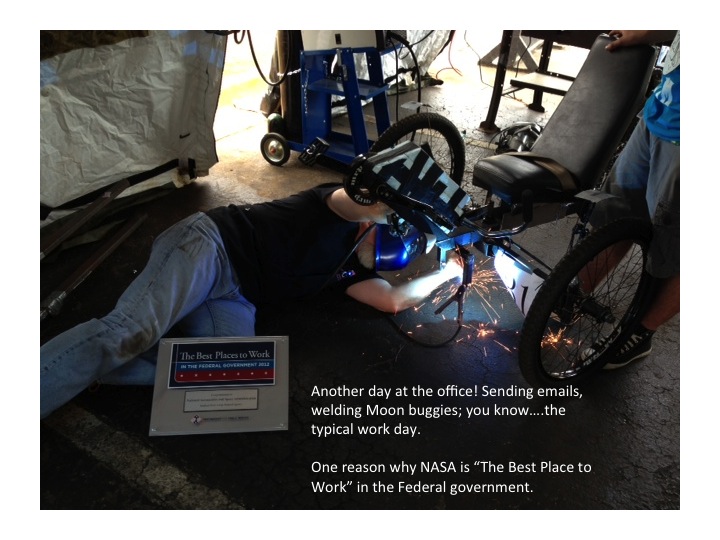Stennis Space Center management shows its support of small businesses at the recent Stennis Industry Day. Pictured are: Rob Harris, Procurement Officer, Rob Watts, Small Business Specialist NSSC, Michelle Stracener, Small Business Specialist SSC, Marina Benigno, Assistant to the Director, Jo Ann Larson, Manager, Office of Diversity and Equal Opportunity, Jim Huk, Deputy Procurement Officer and Ken Human, Associate Director.










